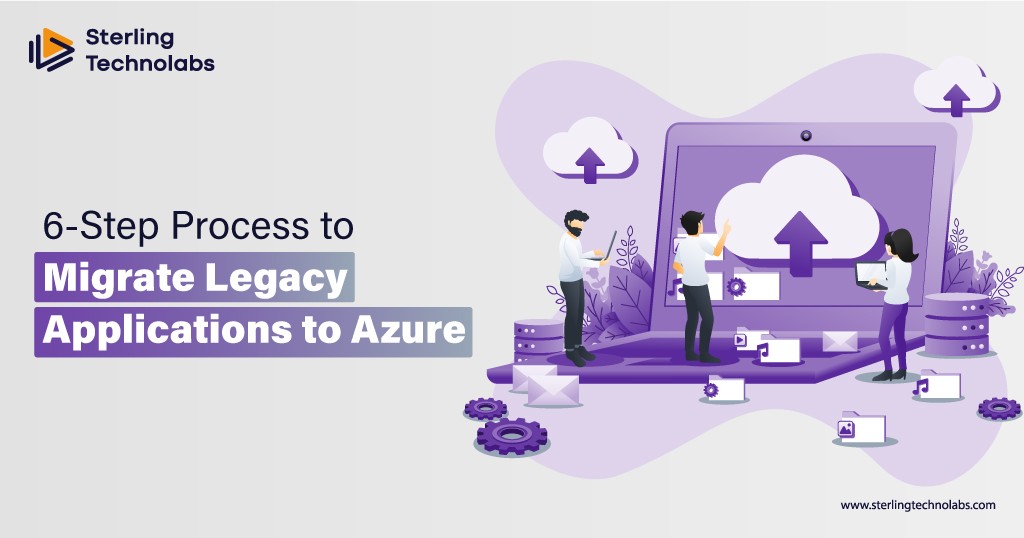Introduction:
The landscape of software development, in modern times, is an ever evolving one, with new developments on the rise every second day. In this age of change and transition, DevOps development has brought forth a paradigm shift in the overall operational manner of firms and businesses including the way they build, deploy and maintain their software products. It is an amalgamation of two critical processes, development and operations and aims to bridge the gap between both of them as well as foster collaboration. As a developer, it is important to understand the types that DevOps offers along with the significance of each. With this blog we do exactly that.
The 4 types of DevOps
Continuous Integration and Continuous Delivery (CI/CD):
Starting off the list, we have Continuous Integration and Continuous Delivery (CI/CD), which is the cornerstone and perhaps the most popular amongst all DevOps methodologies. It involves integrating code changes into a shared repository frequently, followed by automated builds, tests, and deployments. CI/CD ensures that software is developed and delivered rapidly, consistently, and with a focus on quality.
Key Components of CI/CD:
a. Continuous Integration: Developers can seamlessly integrate their code into a shared repository multiple times throughout a day. This practice helps with the identification of conflicts, early on in the process and also promotes collaboration.
b. Automated Builds: The process of automatically compiling the integrated code, allowing developers to identify and fix issues early on.
c. Automated Testing: The execution of automated tests to ensure code quality and detect any defects or regressions.
d. Continuous Delivery: Automated deployment of the software to production or staging environments, ensuring faster and more reliable releases.
CI/CD is the most popular among all DevOps development types, because it offers multiple versatile benefits to users and developers alike.
Infrastructure as Code (IaC):
Infrastructure as Code (IaC) is a DevOps practice that treats infrastructure provisioning, configuration, and management as software development tasks. By using declarative or imperative code, IaC allows developers to define and manage infrastructure resources programmatically. This approach brings automation, scalability, and reproducibility to the infrastructure lifecycle.
Advantages of IaC:
a. Version Control: Infrastructure code can be versioned and stored in a source control system, enabling traceability and collaboration.
b. Consistency: IaC ensures consistent infrastructure setups across multiple environments, thus reducing configuration drift and the likelihood of deployment issues.
c. Scalability and Flexibility: Infrastructure changes can be easily replicated and scaled up or down as needed, enabling efficient resource management.
d. Disaster Recovery and Replication: Infrastructure configurations can be replicated across multiple environments, facilitating disaster recovery and fault tolerance.
IaC offers dynamic benefits to developers and also ease of development throughout the process of software development
Microservices Architecture:
Microservices architecture is a software development approach that structures an application as a collection of small, loosely coupled, and independently deployable services. Each microservice focuses on a specific business capability and communicates with other services through well-defined APIs. DevOps and microservices are closely aligned, as DevOps supports the deployment and management of microservices in a scalable and agile manner.
Benefits of Microservices with DevOps:
a. Agility: Microservices allow independent development, testing, and deployment of each service, enabling faster iterations and feature releases.
b. Scalability: Microservices can be scaled individually based on demand, optimizing resource utilization and ensuring high performance.
c. Fault Isolation and Resilience: By isolating services, failures in one service do not cascade to others, enhancing fault tolerance and system resilience.
d. Technology Diversity: Microservices enable the use of different technologies and frameworks for different services, allowing teams to choose the most suitable tools for their specific requirements.
Microservices architecture with DevOps development is truly a groundbreaking phenomenon and a step forward in modern technology.
Site Reliability Engineering (SRE):
Site Reliability Engineering (SRE) is an engineering discipline that combines software engineering and operations to build and maintain reliable, scalable, and efficient systems. SRE teams focus on automating operations tasks, monitoring system health, and ensuring service reliability. SRE aligns closely with DevOps principles.
Feature set of SRE:
a.Enhanced Reliability and Resilience: One of the key advantages of SRE in DevOps is the focus on system reliability and resilience. By continuously monitoring and optimizing the system’s performance, SRE promotes increased uptime, reduced downtime, and improved user experience.
b.Efficient Incident Management and Post-Incident Analysis: SRE teams conduct thorough post-incident analysis to identify root causes, learn from incidents, and implement preventive measures. This iterative approach enhances system reliability, reduces the recurrence of incidents, and accelerates the overall incident resolution process.
c. Scalability and Performance Optimization: SRE focuses greatly on performance optimization and capacity planning, DevOps teams can achieve efficient scaling of software systems. SRE experts collaborate with developers to analyze system performance metrics, identify bottlenecks, and optimize resource allocation.
d. Continuous Improvement and Automation: SRE teams automate repetitive and manual processes, such as infrastructure provisioning, deployments, and monitoring, freeing up valuable time for developers and operations teams.
e. Collaboration and Cross-functional Alignment: SRE experts work closely with developers during the software development lifecycle, ensuring that reliability and operational requirements are considered from the outset. This collaboration results in smoother deployments, faster incident response, and a culture of shared ownership across the organization.
Embracing ARE within DevOps can pave the way for delivering exceptional user experiences and driving business success.
Conclusion
DevOps development has been of substantial use for developers over a prolonged period of time. It allows them to create products and outputs which are both unique and interactive. As a developer, it is important to understand the basics of devops, it’s types and the advantages and disadvantages each type has to offer.



No comments:
Post a Comment